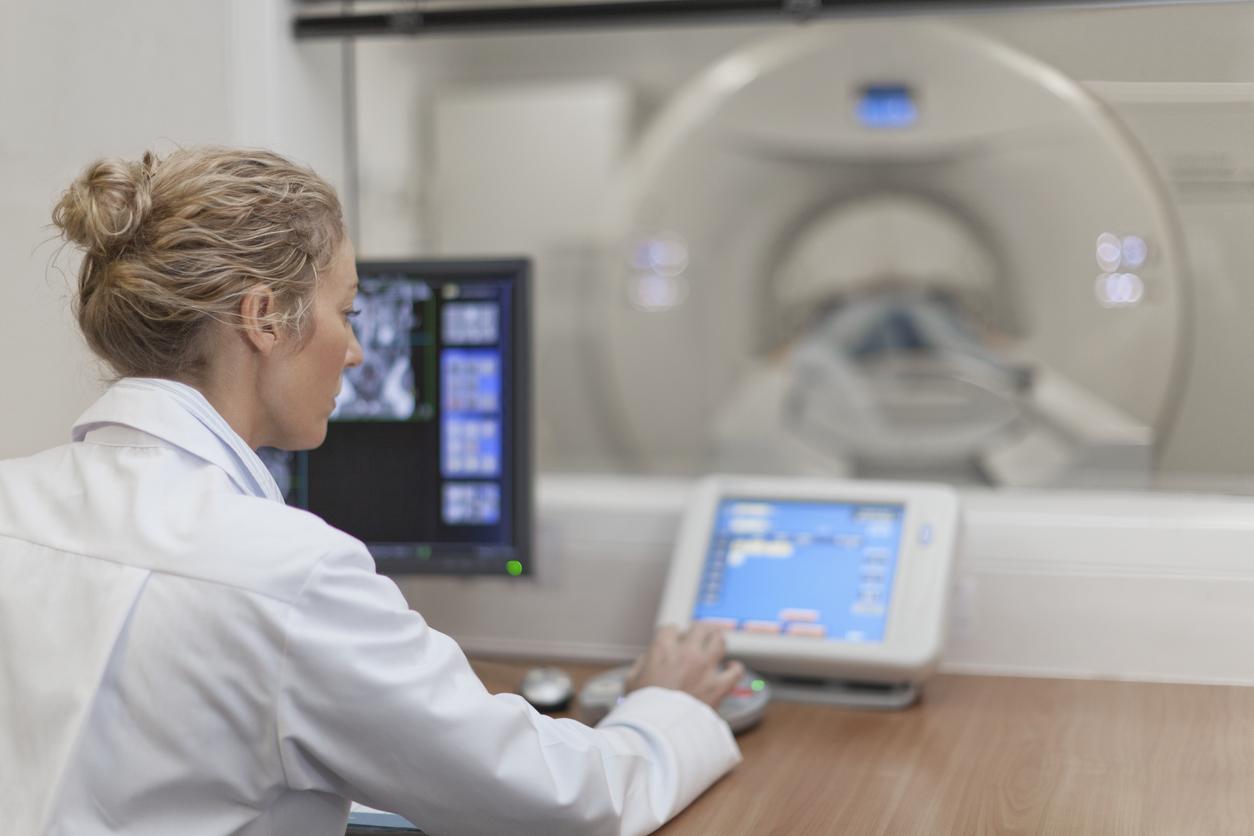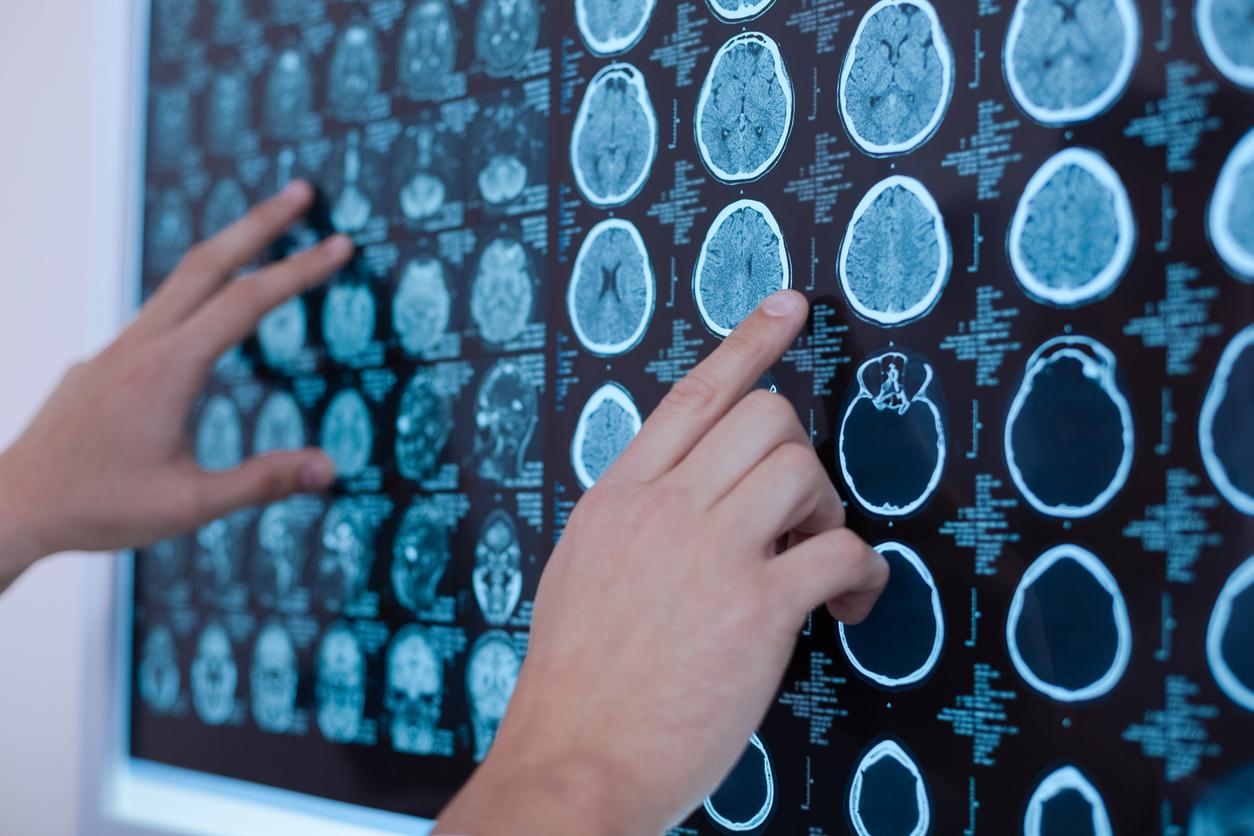Significant disparities in medical imaging equipment exist in France. The Court of Auditors is concerned about longer waiting times in certain territories.

In a report released Wednesday, the Court of Auditors considered that “medical imaging is at the heart of diagnosis and therapeutic monitoring. […] Its good organization partly determines the quality of patient care, both in the city and in health establishments,” she added.
But in this 163-page document, the sages of rue Cambon (Paris) also made a real indictment of the strong geographical inequalities in this area.
They first criticize the departmental distribution of radiologists and nuclear doctors “very unequal”. The average density of radiologists is 13 per 100,000 inhabitants. The four least well-endowed departments are Mayotte (1.9), Cantal (4.8), Creuse (5) and Eure (5.2). The four best-endowed departments are Hauts-de-Seine (18.7), Hérault (18.9), Alpes-Maritimes (20.1) and Paris (34.8).
If we disregard Paris whose hospitals welcome, in certain specialties, patients from all over the territory, the difference in density is 1 to 10.
Haut-Saône lacks equipment
Another concern of the Court of Auditors, the variations in equipment rates which are “even more marked by department”. Thus, the Haute-Saône has only one MRI device for 250,000 inhabitants (i.e. 4.17 MRI for a million inhabitants) against one MRI for less than 40,000 inhabitants in Paris (27.66 MRI for a million inhabitants). ‘inhabitants).
And some territories generally considered attractive (Alpes-Maritimes or Loire-Atlantique with about 10 MRIs) have densities much lower than the national average, while rural departments (Vienne or Haute-Marne with more than 16 MRIs) have densities superior.
“These large disparities do not seem to correspond to any objective situation in terms of health needs”, specify the authors of the work.
61 days of waiting for an MRI appointment in Alsace
Finally, the Wise Men report that the trends observed by the DREES (1) have been corroborated by the annual study carried out for the association Imagerie Santé Avenir (ISA) by the firm CemkaEval. Over the period 2004-2015, the average time to obtain an MRI appointment was certainly reduced by nearly 6 days (-16%) from 36 days to 30.3 days, but it varies strongly from one region to another: 19.7 days in Île-de-France compared to 61.2 days in Alsace in 2015.

“Unacceptable” savings, according to radiologists
In one press release published on Wednesday, the National Federation of Radiologists (FNMR) is pleased that the Court recognizes that “medical imaging is at the heart of diagnosis and therapeutic monitoring”. But beyond the observation, the follow-up of the recommendations of the report would result in a new stage in the deterioration of the imaging offer, deplores the Federation.
These radiologists recall that the Court recommends 460 million new savings to, according to them, “finance innovation in imaging and make the hospital sector more attractive for young doctors”. Except that, for the Federation, these recipes have already been implemented in recent years, to the tune of 900 million, with the consequences: “dozens of closed liberal cabinets, organized screening for breast cancer threatened in cities and the neighborhoods where these closures took place, one scanner out of 5 in deficit – which shows that cross-sectional imaging is not a “rent” as the Court writes – increased financial difficulties for the services of hospital imaging,” she writes.
“This new request for savings, unrealistic, unacceptable, goes against the modernization of imaging platforms while the number of chronic patients, in particular suffering from cancer, stroke, etc. and the aging of the population justify the development of coordinated medical imaging platforms”, concludes the FNMR.
(1) Department of Research, Studies, Evaluation and Statistics
.

















